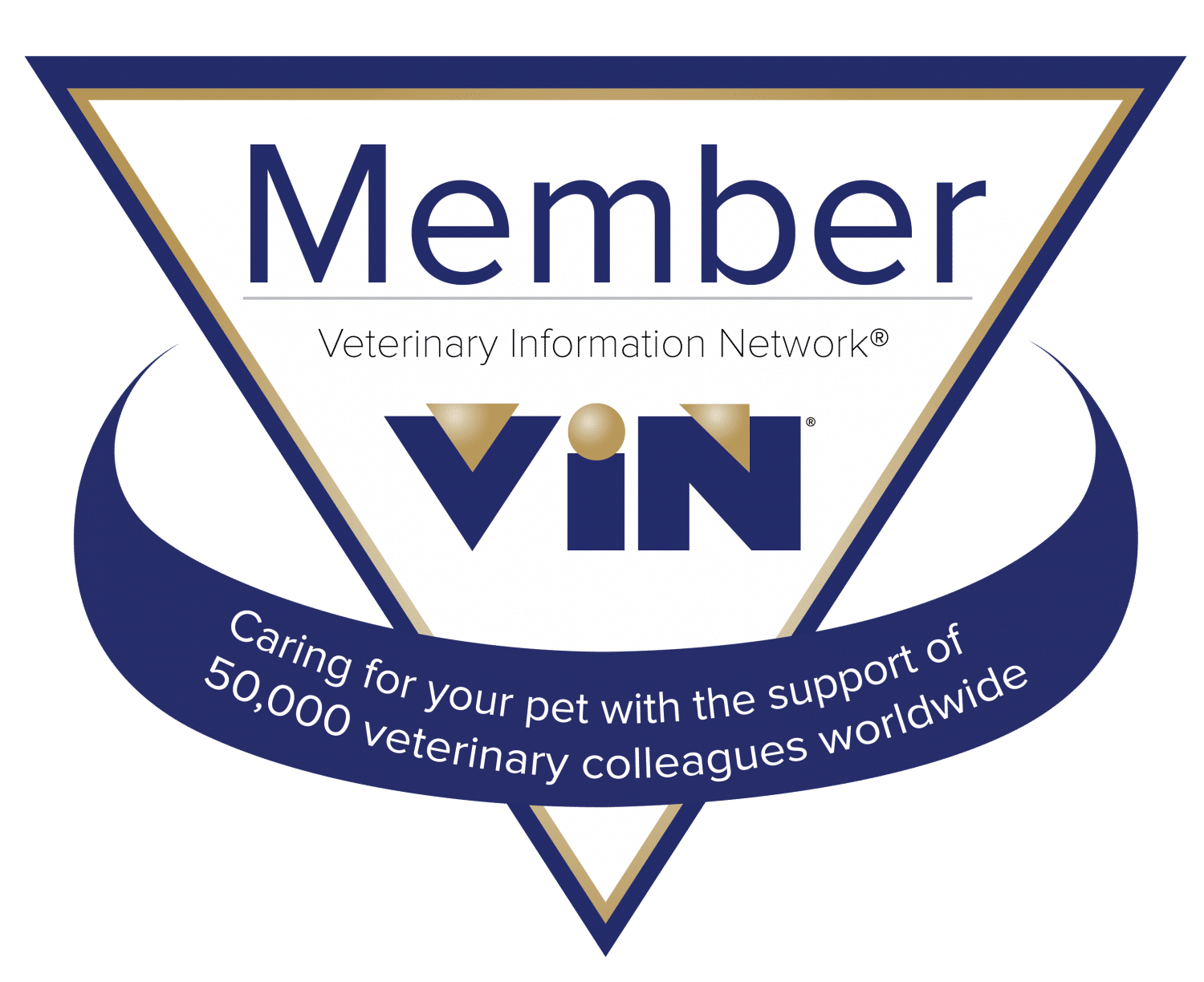Oh, my sacro-iliac! It’s where your pelvis joins to your back-bone — pretty much where your top is hooked to your bottom. Nobody ever uses that term anymore. They call it the "S-I Joint". I think that’s because saying "sacro-iliac" conjures up images of Jimmy Durante and vaudeville. It is a pretty darn funny-sounding word. [The beauty of the internet: if you’re too young to have an inkling about Jimmy Durante OR vaudeville, you’re web-savvy enough to google it up and get educated.]
Actually, my sacro-iliac is fine…now. About four weeks ago I got a little careless in the gym and that S-I joint got spread apart a little bit. Think bad ankle sprain in your lower back. A good chiropractor can line it back up, but you’ve still ripped the ligaments. It still hurts for a while and it takes time to heal. I wish I could say it’s the first time I’ve done it, but it’s not and I should know better.
I’ve been doing my daily cardio workouts (a bad family history of heart disease is a great motivator), but today is the first time I’ve lifted weights in a month. I had to drop back to what I was lifting a month before I quit, which is a bit discouraging. Like the rest of America, I’m impatient. I want fast food, fast medicine, fast healing. Some things just can’t be rushed, though. I let things heal, and I’m back in the saddle. I could have gone back as soon as it quit hurting, but I didn’t, because I knew it would be very easy to re-injure myself at that point.
Lots of folks don’t wait for an injury to fully heal before stressing it again. They know better, but they just can’t wait. That approach can keep a sprained ankle going for six months. Think how much harder it is when we’re dealing with a pet. How many times will Fido have to re-strain that back before he learns to take it easy?
We hate to see our pets hurting, even if pain is nature’s way of saying "don’t do that". Giving anti-inflammatories and pain-killers shrinks the swelling and improves circulation to the injured part and speeds healing, providing that the animal can be convinced to keep resting the injured part. There’s the rub. Post-surgery pain control is different. There you know what you’re dealing with as to the extent of the "injury". Also, if you’ve had surgery yourself, you know that the medicine lets you rest. It doesn’t make you want to hop up and run around.
The problem I have with my patients is that they don’t understand what’s going on. They get a little ouchy with a lower back problem. Conservative treatment includes rest, meaning no stairs and no jumping. They rest a little, it feels a little better. The pain medicine kicks in and it feels okay. Hey, why not do a cannonball off the end of the couch? The medicine is a double-edged sword.
It’s too bad we are such a drug-happy society ["Say no to drugs" applies only to drugs from South America, apparently.] People have the mind-set that you can take a pill instead of taking care of the body (or worse, instead of caring for the spiritual side of a person). Popping pills looks easier than good nursing care and trying to enforce rest for a pet that’s starting to feel good again. You don’t heal the body with drugs. You can assist things along, but healing takes time and care and patience. I’m still dispensing medicine, but your nursing care at home is crucial to recovery.

